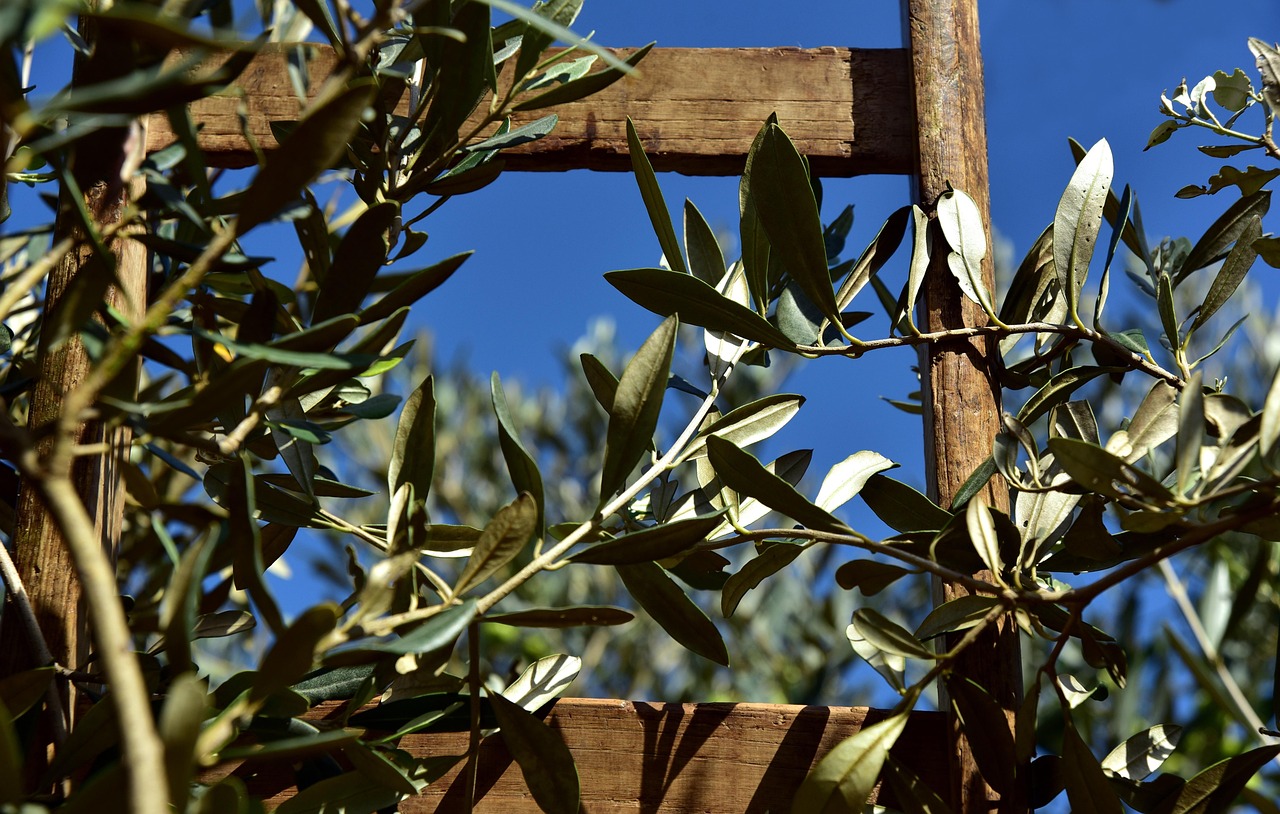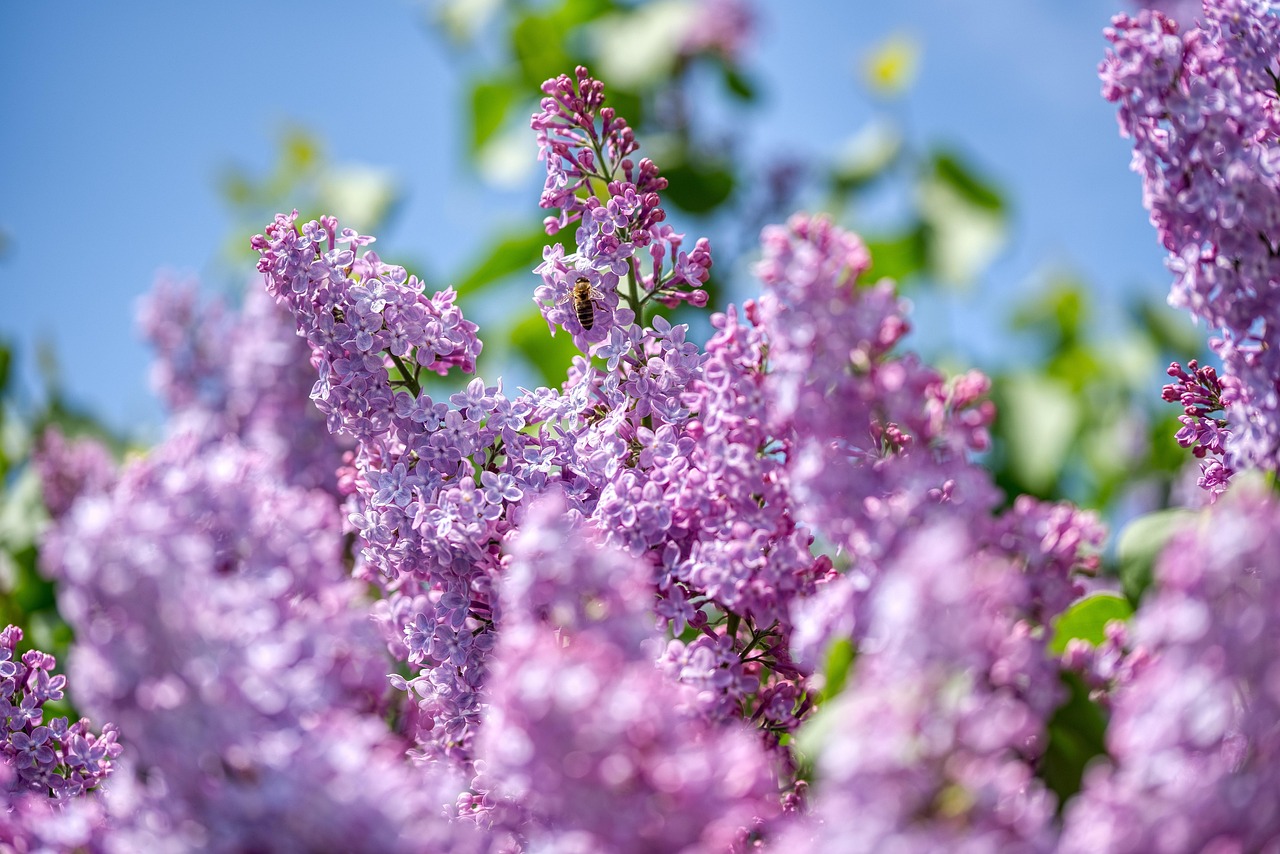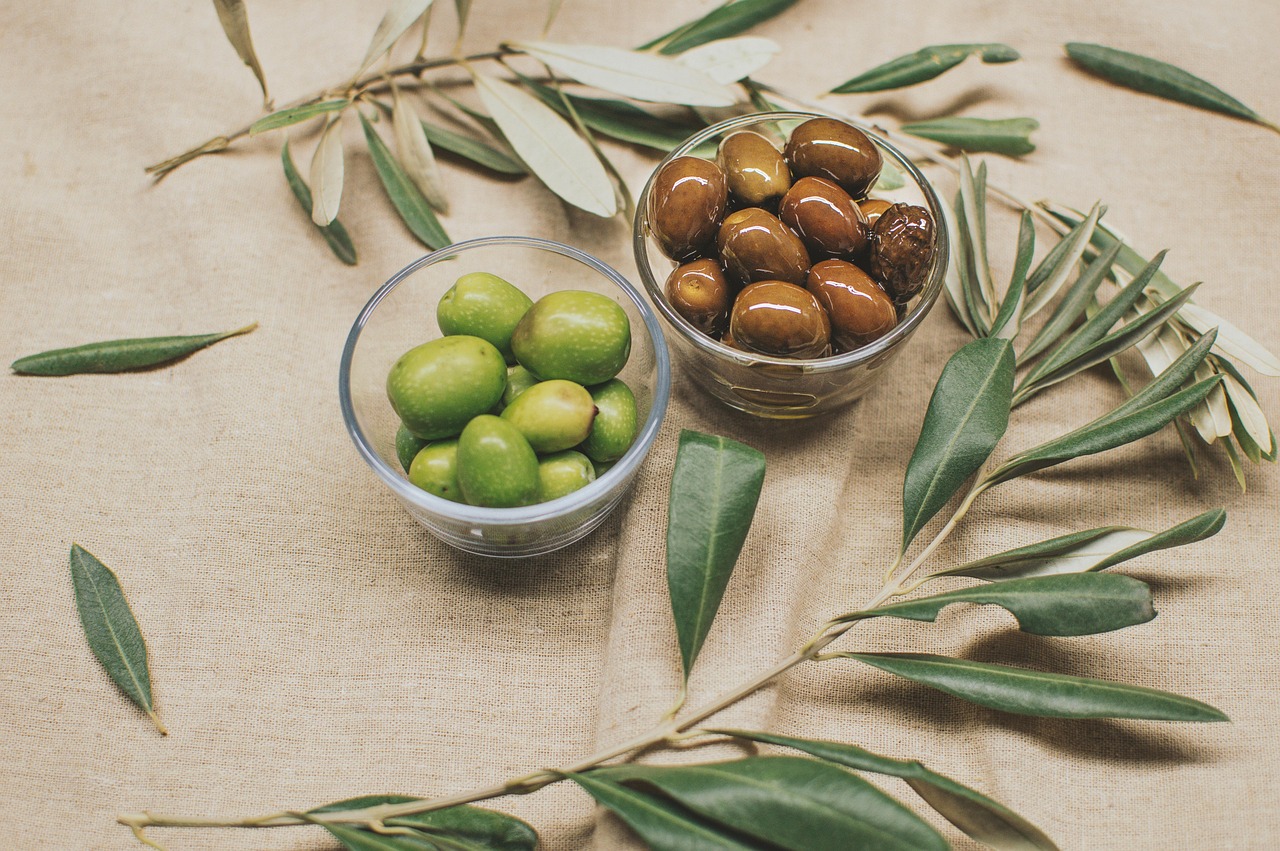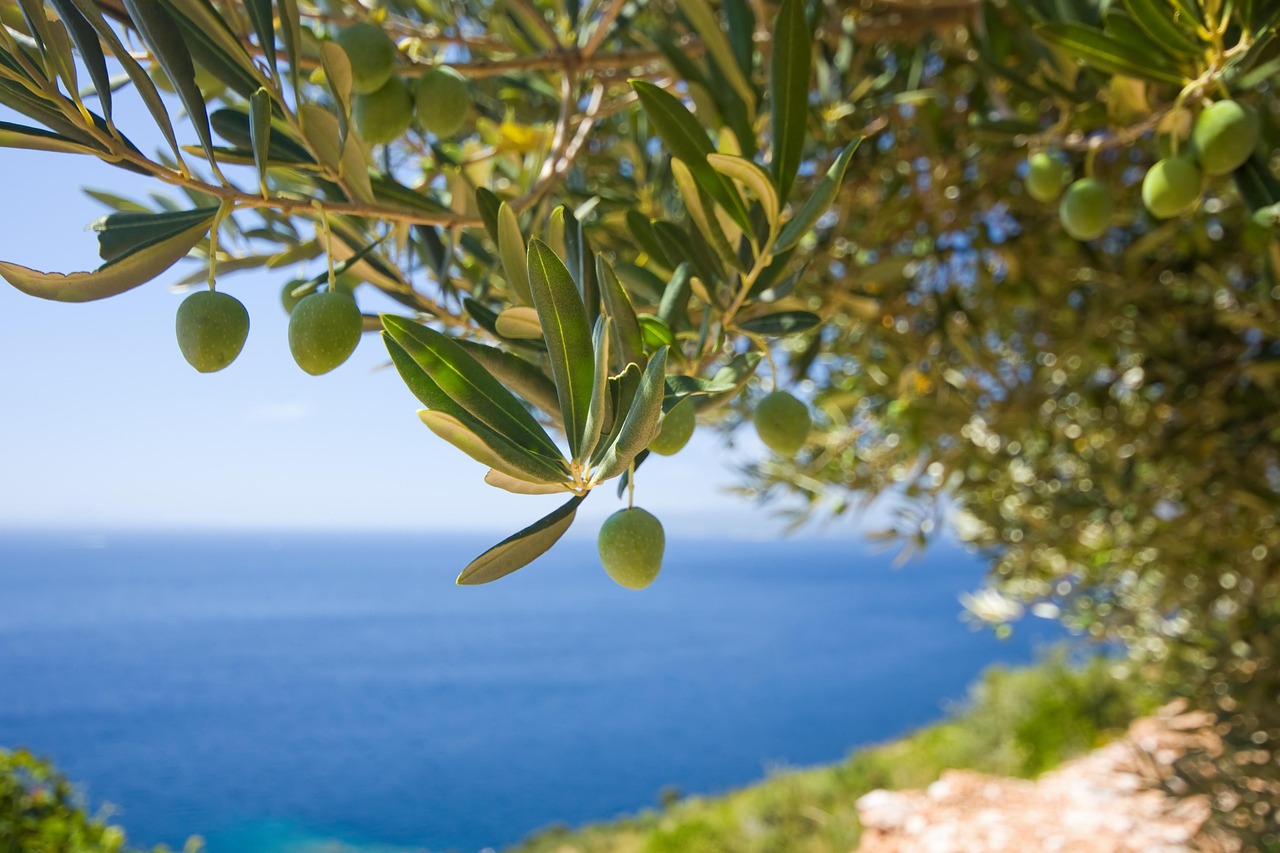The Arbequina olive tree typically exhibits a moderate growth rate in Mediterranean climates, averaging around 12 to 24 inches per year. This growth can vary based on factors such as soil quality, water availability, and overall care provided to the tree.
The Arbequina olive tree is a popular choice among growers, especially in regions with Mediterranean climates. This variety of olive tree is known for its small, flavorful olives and its adaptability to different growing conditions. Originating from Spain, the Arbequina olive tree has gained popularity worldwide due to its resilience and the high quality of the oil produced from its fruit.

Mediterranean climates feature hot, dry summers and mild, wet winters. These conditions are generally favorable for olive tree cultivation. However, understanding the growth rate of the Arbequina olive tree is crucial for optimizing production and ensuring healthy development. Several factors influence this growth rate, including soil type, irrigation practices, and local climate variations.
Factors Affecting Growth Rate
Several key factors impact the growth rate of the Arbequina olive tree in Mediterranean climates:
- Soil Quality: Well-drained soil rich in nutrients promotes faster growth.
- Water Availability: Adequate irrigation during dry periods is essential for optimal growth.
- Temperature: The ideal temperature range for the Arbequina olive tree is between 60°F and 80°F.
- Sunlight: Full sun exposure is critical for producing healthy leaves and fruit.
- Pruning Practices: Regular pruning encourages bushier growth and increases air circulation.
Understanding these factors can help growers create the ideal environment for their Arbequina olive trees. Proper management can lead to enhanced growth rates and better fruit yields over time.

In addition to environmental factors, the age of the tree also plays a significant role in its growth rate. Young Arbequina trees grow more rapidly than mature trees, which tend to grow at a steadier pace. Typically, it takes about three to five years for an Arbequina olive tree to start producing fruit. During this period, the focus should be on establishing strong roots and adequate foliage.
Growth Stages of Arbequina Olive Trees
The growth stages of the Arbequina olive tree can be broken down into several phases:
- Juvenile Stage: Lasts from planting until about two years. Growth is rapid during this time.
- Young Adult Stage: From two to five years. The tree begins to establish itself and prepare for fruiting.
- Mature Stage: Begins around five years of age. Growth slows down as the tree focuses on fruit production.
During these stages, proper care is essential. Soil testing can help determine nutrient levels and amendments needed to support healthy tree development. Regular watering is crucial, particularly during the first few years when the tree is establishing its root system.

Optimal Conditions for Growth
For optimal growth rates in Mediterranean climates, certain conditions should be met:
| Condition | Optimal Level |
|---|---|
| Soil pH | 6.0 – 8.0 |
| Nitrogen Content | Moderate |
| Irrigation Frequency | Every 2-4 weeks during dry seasons |
| Sunlight Requirement | Full sun (6-8 hours daily) |
These optimal conditions ensure that the Arbequina olive trees thrive and reach their full potential in terms of growth rate and fruit production. Understanding and implementing these factors can make a significant difference in the success of growing Arbequina olives in Mediterranean climates.
Common Pests and Diseases
The growth and health of the Arbequina olive tree can be significantly affected by various pests and diseases. Identifying these threats early is crucial for maintaining a productive tree. Below are some common pests and diseases that olive growers should be aware of:

- Olive Fruit Fly: This pest lays eggs in the fruit, leading to decay and reduced yields.
- Scale Insects: These insects can weaken the tree by sucking sap and can lead to sooty mold.
- Leaf Spot: A fungal infection that causes dark spots on leaves, leading to premature leaf drop.
- Root Rot: Caused by overwatering or poorly drained soil, this disease can kill the tree if not managed.
Preventive measures are vital for controlling these pests and diseases. Regular monitoring of the trees is essential to ensure they remain healthy and productive.
Pest Management Strategies
To effectively manage pests and diseases in Arbequina olive trees, growers can adopt several strategies:
- Cultural Practices: Implementing good cultural practices such as proper spacing, pruning, and irrigation can help reduce pest populations.
- Biological Control: Introducing natural predators like ladybugs can help keep pest populations in check.
- Pesticides: When necessary, using organic pesticides can be effective against certain pests. Always follow local regulations regarding pesticide use.
- Regular Inspections: Conducting routine inspections can help identify problems before they escalate.
By employing a combination of these strategies, growers can protect their Arbequina olive trees from common threats while minimizing environmental impact.
Watering Practices
Watering is one of the most critical aspects of caring for the Arbequina olive tree. Proper watering practices directly influence growth rates and overall health. Here are some recommendations for effective watering:
- Irrigation Frequency: Water trees every 2 to 4 weeks during dry periods, adjusting based on rainfall.
- Soil Moisture Monitoring: Use moisture sensors or check soil moisture manually to avoid overwatering.
- Drought Resistance: Once established, Arbequina olive trees are relatively drought-tolerant, but consistent moisture during the first few years is essential.
- Drip Irrigation: Employing drip irrigation systems can provide efficient water delivery directly to the root zone.
Understanding the specific water needs of Arbequina olive trees will support optimal growth rates while conserving water resources.
Nutrient Requirements
Nutrient management plays a vital role in the growth rate of Arbequina olive trees. Adequate nutrients ensure healthy foliage, strong root systems, and optimal fruit production. Essential nutrients include:
- Nitrogen: Supports leafy growth. A balanced nitrogen level is critical during the early growth stages.
- Phosphorus: Important for root development and flowering. Ensure adequate phosphorus levels for healthy fruit set.
- Potassium: Enhances fruit quality and tree resilience against stress.
A soil test is recommended to determine nutrient levels before applying fertilizers. This approach helps avoid over-fertilization, which can harm the tree and lead to environmental issues.
Fertilization Schedule
A well-planned fertilization schedule will help ensure that Arbequina olive trees receive the nutrients they need throughout their growth cycle. Below is a suggested fertilization schedule:
| Growth Stage | Fertilizer Type | Application Timing |
|---|---|---|
| Juvenile (1-2 years) | High N fertilizer | Early spring |
| Younger Adult (3-4 years) | Balanced N-P-K fertilizer | Early spring and late summer |
| Mature (5+ years) | Low N, high P and K fertilizer | Early spring |
This schedule provides a framework for nutrient application but may need adjustments based on specific soil conditions and tree health. Regular monitoring will guide any necessary changes in fertilization practices.
Harvesting the Arbequina Olive
Harvesting is a crucial stage in the life cycle of the Arbequina olive tree. The timing and method of harvesting can significantly impact the quality and yield of olives produced. Understanding the optimal harvest conditions is essential for maximizing both quality and quantity.
Optimal Harvest Time
The ideal time to harvest Arbequina olives is typically in late September to early November, depending on the specific climate and growing conditions. The timing can vary based on factors such as:
- Fruit Color: Olives should change from green to a purplish-black color, indicating ripeness.
- Seed Hardness: The seed inside the fruit should become firm, which can be tested by pressing it gently.
- Oil Content: Testing the oil content can help determine the right harvest time; higher oil content is usually achieved when olives are fully ripe.
Monitoring these indicators allows growers to choose the best moment for harvest, ensuring high-quality olives for oil production or table consumption.
Harvesting Methods
There are several methods for harvesting olives, each with its pros and cons:
- Hand Harvesting: Manual picking is labor-intensive but allows for careful selection of ripe olives. It minimizes damage to the fruit and tree.
- Mechanical Harvesting: Machines are used to shake the branches, causing olives to fall onto nets below. This method is faster but can result in more bruising and damage to the olives.
- Rod Harvesting: Long poles with a hook or comb at the end are used to pull olives from branches. This method is less common but can be effective for smaller orchards.
Choosing the right harvesting method depends on factors such as the size of the orchard, labor availability, and desired olive quality.
Post-Harvest Processing
Once harvested, olives require careful handling to maintain quality. Post-harvest processing involves several important steps:
- Cleaning: Remove leaves, stems, and debris from the harvested olives to prepare them for processing.
- Brining or Curing: Olives are often cured in brine or through dry curing methods to enhance flavor and reduce bitterness.
- Oil Extraction: For those producing olive oil, cold-pressing is a popular method that preserves flavor and nutritional value.
Proper post-harvest practices not only enhance the quality of the olives but also extend their shelf life and marketability.
Yield Expectations
The yield of Arbequina olives can vary widely based on several factors, including tree age, health, and growing conditions. Generally, yields can be expected as follows:
| Tree Age | Estimated Yield (lbs/acre) |
|---|---|
| 1-3 years | 100-300 |
| 4-5 years | 500-1,000 |
| 6-10 years | 1,500-3,000 |
| 10+ years | 3,000-5,000 |
These estimates serve as a guideline, but actual yields can fluctuate based on environmental factors and management practices. Regular care and attention will help achieve maximum productivity.
Factors Influencing Yield
A variety of factors can influence the yield of Arbequina olive trees. Some key influences include:
- Tree Health: Healthy trees with strong root systems and adequate foliage will produce better yields.
- Pest and Disease Management: Effective management strategies reduce losses caused by pests and diseases.
- Irrigation Practices: Consistent watering during dry spells supports healthy fruit development.
- Nutrient Management: Proper fertilization ensures trees have the necessary nutrients for optimal fruit production.
A combination of these factors plays a crucial role in determining the overall yield of Arbequina olives. Careful management throughout the growth cycle ensures that trees remain productive and healthy.
Additional Considerations for Successful Cultivation
In addition to the factors previously discussed, several other considerations can enhance the growth and productivity of Arbequina olive trees in Mediterranean climates. These factors can provide growers with a more comprehensive understanding of how to achieve optimal results.
Climate Variability
Mediterranean climates can be variable, with fluctuations in temperature and precipitation affecting olive growth. It is crucial for growers to:
- Monitor Weather Patterns: Keeping track of seasonal changes can help in planning irrigation and fertilization schedules.
- Implement Frost Protection: In areas prone to late spring frosts, protective measures may be necessary to safeguard young trees.
- Adapt to Climate Change: Be prepared for shifting climate conditions that may affect water availability and pest populations.
Soil Management Techniques
Effective soil management is essential for healthy root development and overall tree health. Key practices include:
- Cover Crops: Planting cover crops can improve soil health, reduce erosion, and enhance nutrient availability.
- Mulching: Applying organic mulch around the base of trees helps retain moisture and suppress weeds.
- Soil Testing: Regular testing allows for tailored amendments based on specific nutrient needs, optimizing tree health and growth.
Varietal Choice and Pollination
While the Arbequina olive tree is self-pollinating, planting compatible varieties nearby can enhance fruit set and yield. Some considerations include:
- Diverse Varieties: Consider planting other olive varieties that bloom at the same time to improve cross-pollination.
- Pollinators: Encourage pollinators such as bees by planting flowering plants nearby, which can aid in fruit development.
Final Thoughts
The growth rate and overall success of Arbequina olive trees in Mediterranean climates depend on a combination of environmental factors, proper management practices, and attentive care. By understanding the specific needs of these trees, growers can optimize their cultivation strategies to achieve high yields of quality olives.
Key takeaways include the importance of soil health, pest and disease management, effective irrigation practices, and careful harvesting techniques. Additionally, being mindful of climate variability and adapting practices accordingly will further enhance productivity. With regular monitoring and appropriate interventions, growers can ensure their Arbequina olive trees thrive, contributing both to their personal enjoyment and the broader market of high-quality olive oil production.
As global interest in sustainable agriculture continues to rise, the Arbequina olive tree stands out as a resilient and productive option for those looking to cultivate olives in Mediterranean regions. By following best practices and embracing innovative techniques, cultivators can look forward to a successful olive-growing journey.
